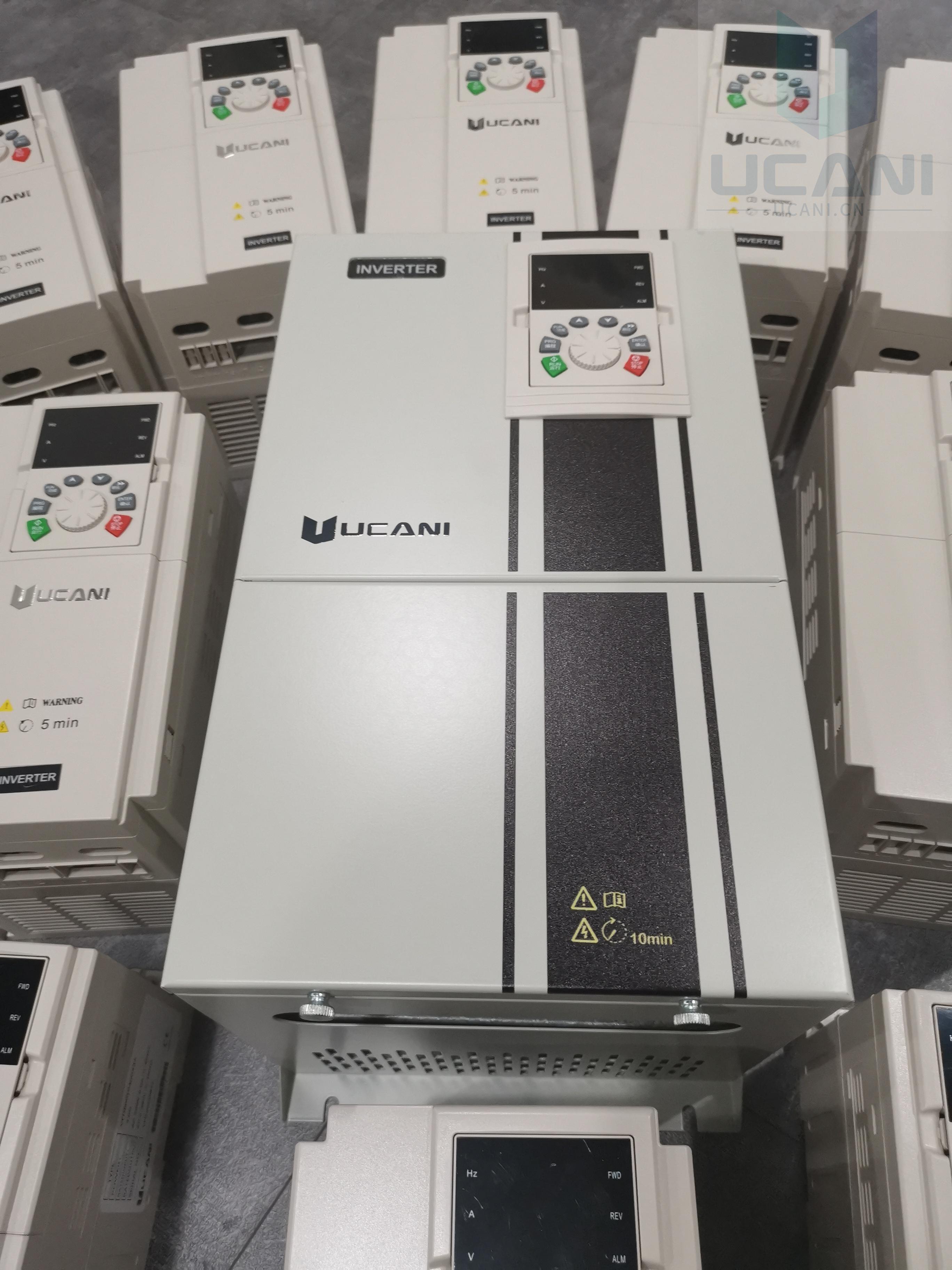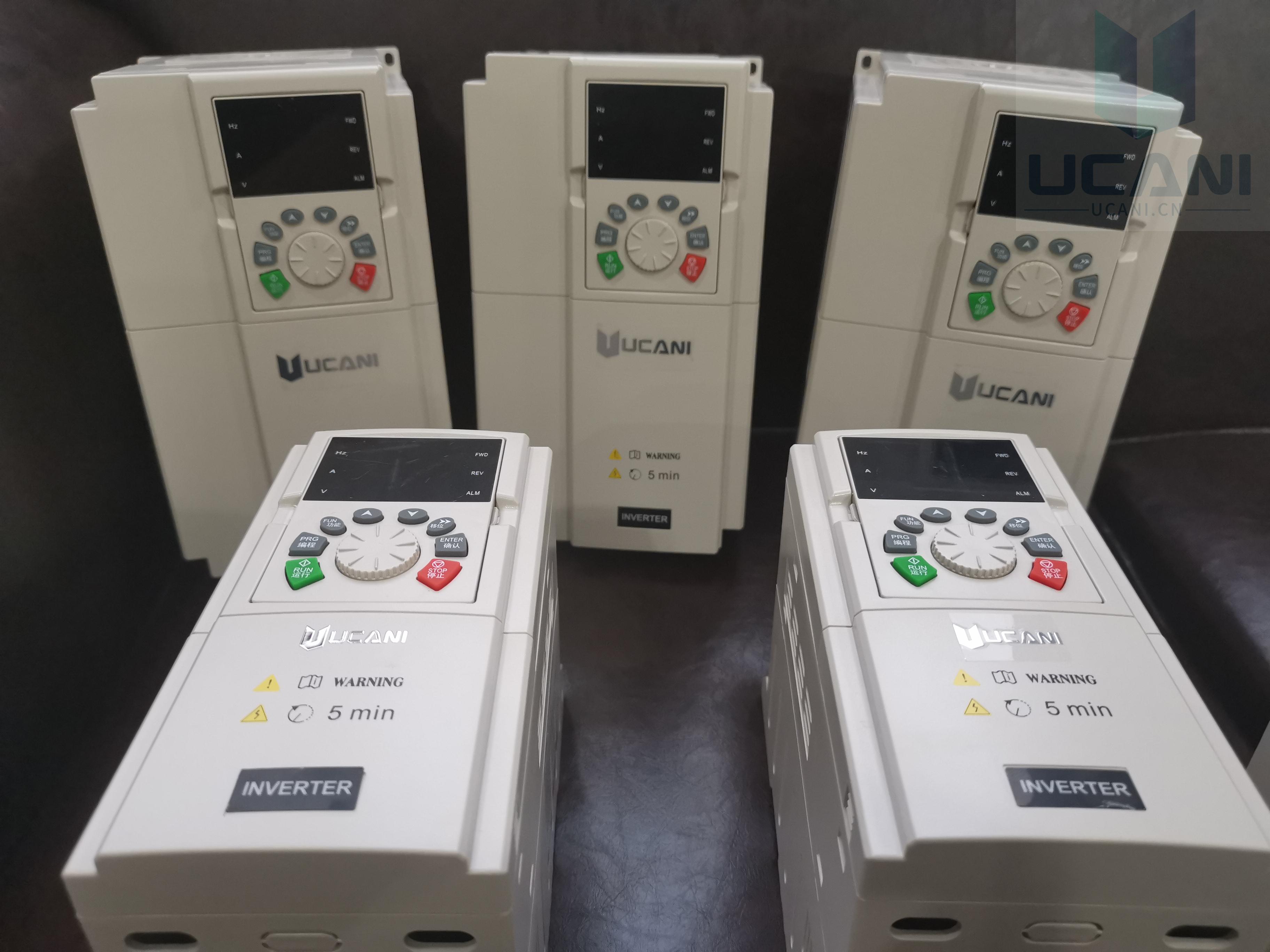Industry news
The impact of frequency converters on motors

1. The efficiency and temperature rise of electric motors
Regardless of the form of frequency converter, it generates varying degrees of harmonic voltage and current during operation, causing the motor to operate under non sinusoidal voltage and current. According to the information, taking the commonly used sine wave PWM frequency converter as an example, its low order harmonics are basically zero, and the remaining high order harmonic components that are about twice the carrier frequency are 2u+1 (u is the modulation ratio).
High order harmonics can cause an increase in stator copper loss, rotor copper (aluminum) loss, iron loss, and additional losses of electric motors, with the common being rotor copper (aluminum) loss. Because asynchronous motors rotate at synchronous speeds close to the fundamental frequency, high order harmonic voltages can cause significant rotor losses when cutting the rotor bars with a large slip. In addition, it is also necessary to consider the additional copper consumption caused by the skin effect. These losses will cause the motor to generate additional heat, reduce efficiency, and output power. For example, if a regular three-phase asynchronous motor is operated on a non sinusoidal power supply output by a frequency converter, its temperature rise generally increases by 10% -20%.
2. Insulation strength issue of electric motors
At present, many small and medium-sized frequency converters adopt PWM control method. His carrier frequency is about several thousand to tens of kilohertz, which requires the stator winding of the motor to withstand a high voltage rise rate, equivalent to applying a steep impulse voltage to the motor, making the inter turn insulation of the motor withstand a more severe test. In addition, the rectangular chopping impulse voltage generated by PWM frequency converters superimposed on the operating voltage of the motor poses a threat to the ground insulation of the motor, and the ground insulation will accelerate aging under repeated high-voltage impacts.
3. Harmonic electromagnetic noise and vibration
When an ordinary asynchronous motor is powered by a frequency converter, it will make the vibration and noise caused by electromagnetic, mechanical, ventilation and other factors more complex. The various time harmonics contained in the variable frequency power supply interfere with the inherent spatial harmonics of the electromagnetic part of the motor, forming various electromagnetic excitation forces. When the frequency of electromagnetic force waves is consistent or close to the natural vibration frequency of the motor body, resonance phenomenon will occur, thereby increasing noise. Due to the wide operating frequency range and large speed variation range of electric motors, it is difficult for the frequencies of various electromagnetic waves to avoid the natural vibration frequencies of various components of the motor.
4. The adaptability of electric motors to frequent starting and braking
Due to the use of a frequency converter for power supply, the motor can start at a very low frequency and voltage without impulse current, and various braking methods provided by the frequency converter can be used for rapid braking, creating conditions for frequent starting and braking. Therefore, the mechanical and electromagnetic systems of the motor are subjected to cyclic alternating forces, which brings fatigue and accelerated aging problems to the mechanical and insulation structures.
5. Cooling issues at low speeds
Firstly, the impedance of asynchronous motors is not ideal, and when the power supply frequency is low, the losses caused by higher-order harmonics in the power supply are greater. Secondly, when the speed of an ordinary asynchronous motor decreases again, the cooling air volume decreases proportionally to the cubic power of the speed, resulting in a deterioration of the low-speed cooling condition of the motor, a sharp increase in temperature rise, and difficulty in achieving constant torque output.


Categories
Latest News
Contact Us
Contact: Gloria
Phone: +8613681981380
Tel: +86 021-64556477
Add: Room 312, Factory Building, No. 338 Shuangbai Road, Minhang District, Shanghai